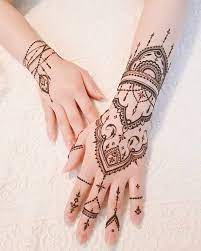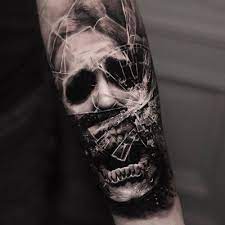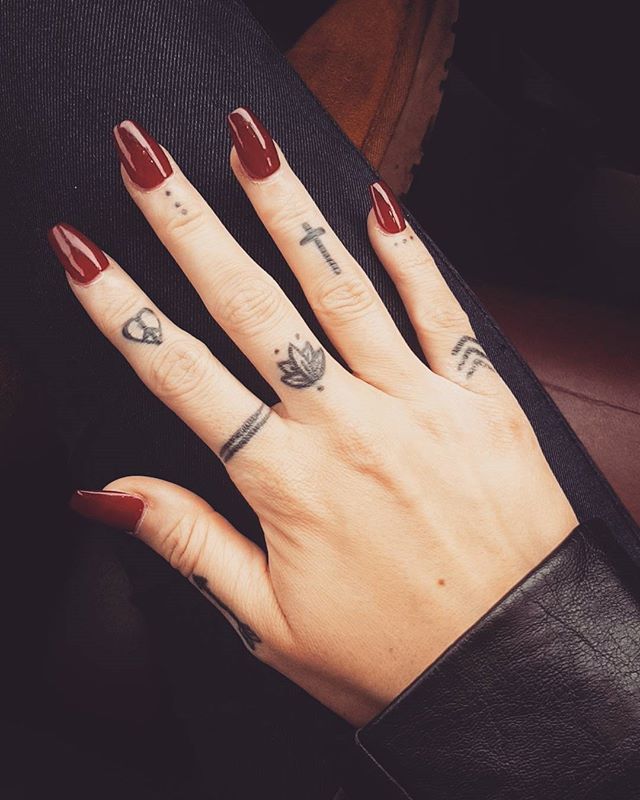
Indian Henna (mehndi) is an exquisite form of temporary body art designed to symbolize blessings and love on special occasions such as weddings. Usually performed before marriage, this tradition represents centuries-old customs across India and Southeast Asia.
Lotus
The lotus flower is iconic in Indian mehndi design and represents beauty, grace, femininity, and fertility. For Hindus, it represents purity, while bridal mehndi stylists frequently incorporate this design.
Rose
Henna, a natural dye made of the dried leaves of Lawsonia inermis (also known as mehndi), has been used as a form of tattooing since at least 5,000 BC. Once applied to the skin and allowed to dry naturally, its dye stains the surface, causing designs to emerge gradually over hours or even days.
Birds
Birds are an iconic symbol in Indian henna designs, particularly peacocks. They represent freedom, spirituality, and happiness and can be drawn on hands, feet, or shoulders for maximum effect.
Mandalas
Mandala designs represent the universe. They’re popularly seen in henna designs due to their eye-catching, circular shape and meaning: unity, equilibrium, and eternity are some of their primary symbols; their circularity also symbolizes the life cycle and fulfilling destiny.
Symbols
Henna (or mehndi, rasam-e-Heena, etc.) is a form of skin art that creates a reddish-brown “tattoo” or stain on your skin, with roots in many cultures around the world and most notably practiced as part of pre-wedding traditions in India.

